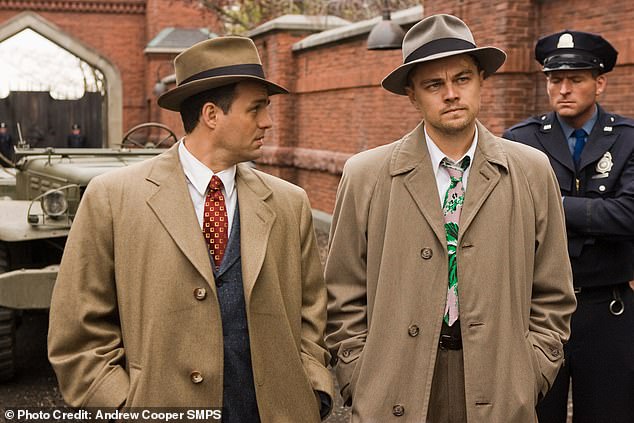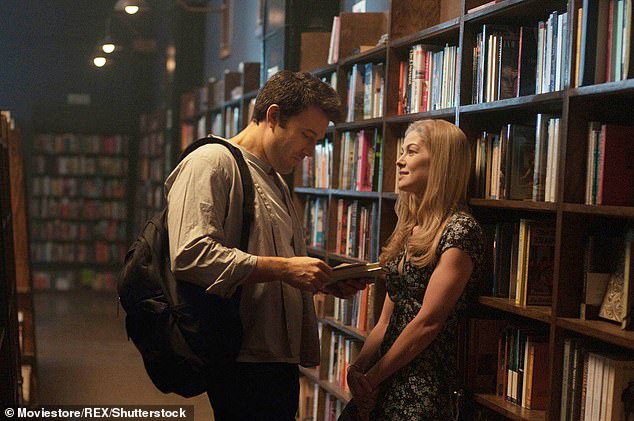Revealed: The formula for a blockbuster film – and it could explain why Shutter Island, Gone Girl and Atonement are so highly regarded
- Films with twists in tone, character or plot are more likely to get high ratings
Some of the most popular films of recent times include Shutter Island, Atonement and Gone Girl.
Now experts have discovered what makes these films so popular, and it all has to do with plot twists.
Researchers have found that movies, TV shows and books with more twists in tone, characters or plot tend to get higher ratings or be downloaded more often.
In a series of studies, researchers used computer science to analyze the language and speech of movies, TV shows, and novels.
Some of the most popular movies of recent times include Shutter Island, Atonement and Gone Girl. Now, experts have discovered what makes them such a big hit – and it all comes down to plot twists

Researchers have found that movies, TV shows and books with more twists in tone, character or plot are likely to have higher ratings or be downloaded more often. Image: Shutter Island
The initial study of 3,713 transcribed films found that films with the most reversals — for example, the 1999 romantic comedy “10 Things I Hate About You” — received higher ratings (the equivalent of a 1.4 star increase) compared to films with the fewest reversals.
Other popular films with a plot twist include the 1995 thriller The Usual Suspects and the 1999 horror film The Sixth Sense.
A second study examined 19,339 transcribed TV episodes and came to a similar finding: The episodes with the most reversals had the equivalent of a 0.35 increase in star rating.
Examples include the successful 2004 TV series Lost and the 2005 drama Prison Break.
The third study evaluated 8,663 English-language novels and found that novels with the highest number of reversals were downloaded twice as often as novels with the lowest number of reversals.

In a series of studies, researchers used computer science to analyze the language and speech of movies, TV shows, and novels. Pictured: Gone Girl
The researchers from the University of Toronto and Northeastern University published their findings in the journal Science Advances.
They wrote: ‘While some stories captivate us and garner lasting appreciation, others bore us and are universally decried.
‘Story turning points, or turning points in a story, have long been seen as an essential part of advancing stories and creating compelling plots.
‘These turning points can be relatively large or small, but… they represent crucial events that change the course of the story from positive to negative, or vice versa.’
As an example, they mention Romeo and Juliet, the story about a couple who fall madly in love at a masked ball, but then discover that their family forbids their love.
“We see that stores with more and more dramatic turning points are more successful,” they add.
‘Our findings shed new light on this ancient art form and provide a practical approach to understanding and predicting the impact of storytelling.’
Previous research has shown that people remember happy stories better than stories full of doom.
Researchers found that a listener could mentally reconstruct the episodes of a story that someone else remembered from a movie, even if the listener had never seen the movie before.
They found that when the speaker told a happy story, listeners remembered the story better.
